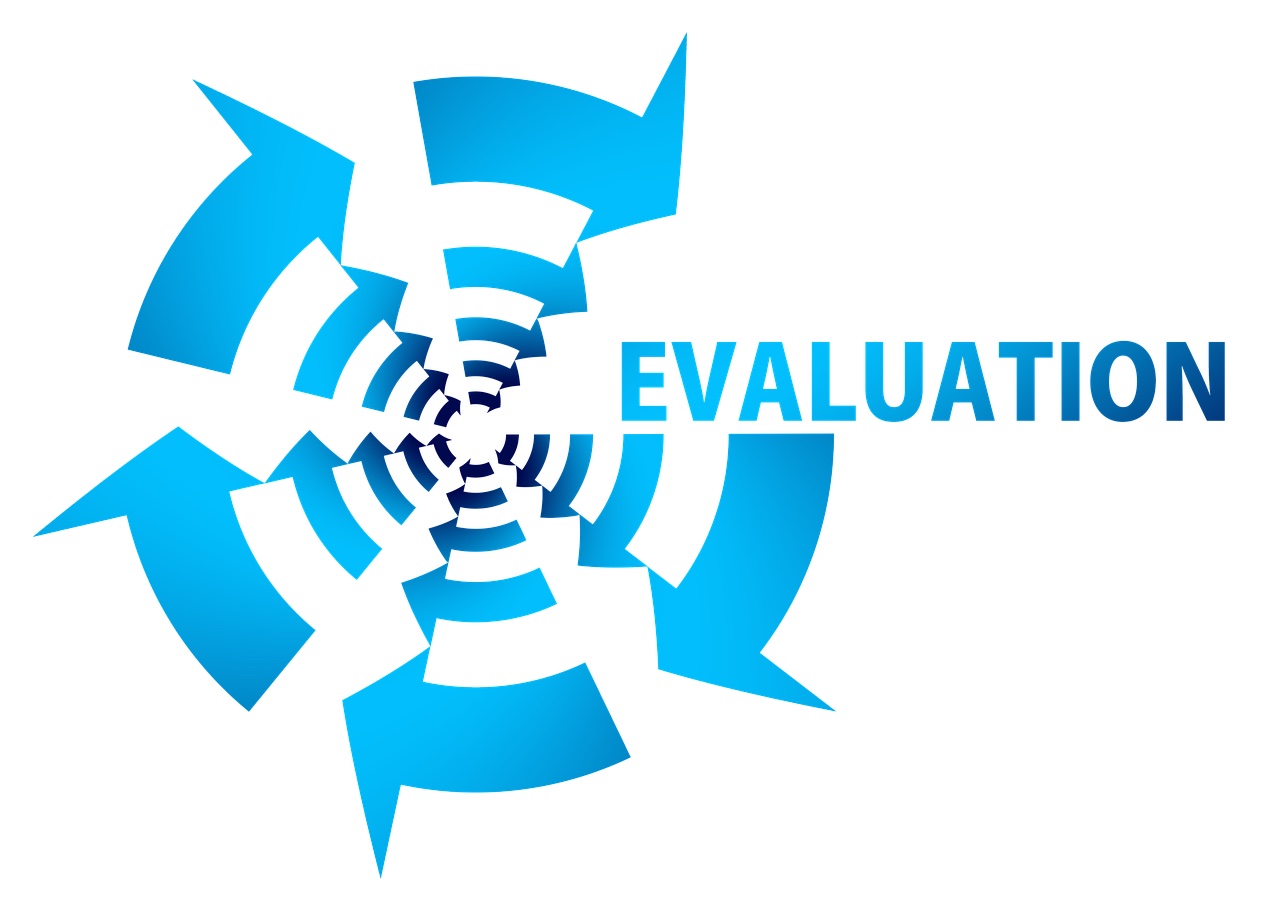
At some point, you will probably receive a negative evaluation. Most human beings are not perfect! But is there anything that you can do about it? And, what does a negative review mean for your career? To answer these questions, we will classify the different negative evaluations you may encounter. And then, we will answer what you should do about the negative review you receive.
Types Of Negative Evaluations
In my experience, you may encounter two different types of negative evaluations. First, some evaluators mean well and write a negative assessment with the best intentions. What do I mean by that? Your superior genuinely writes down something critical, hoping that you will improve. These sorts of evaluations tend to be specific, helpful, and actionable. In addition, the faculty member has already briefed you on the issues you faced together. So, there are no surprises.
More equivocal; however, there is the second sort of negative evaluation. Typically, the evaluator gives vague generalities about your performance without any particular reason. Nor has he discussed the issues with you. These evaluations may or may not relate to your work quality, and the faculty member bases it on a gestalt or other attending’s opinions. Ultimately, this negative evaluation does not provide the resident with a learning opportunity. Nor can the resident correct the issue because the attending has not given actionable information.
What’s The Next Step?
OK. So, you’ve received the negative evaluation, but what are you supposed to do next? If you have received the first type of appropriate evaluation, it becomes straightforward. Try to correct the issue that your attending has outlined for you. An unfavorable review can sometimes be “kind.” Imagine that your attending never addressed the matter with you. If not managed, your error could stick with you throughout the remainder of your training, even your career. In a sense, you should thank your instructor for his insights. You may never have made amends on your own.
But then, there is the second sort of evaluation with no clear path to take. In this situation, initially, you would want to talk to this attending to clarify what the faculty intended in the evaluation. Most of the time, you can infer what your faculty evaluator originally meant. Oh, but if life was always so simple!
So this leads to the next step in the process. If you do not get a clear message from your attending, you must find someone who can give you the information. This step can mean you should attempt to find another attending who can figure out what this other faculty member intended. Or, perhaps, if that does not work, you can ask one of your co-residents. Sometimes, it can be a particular pattern of behavior that your other colleagues and faculty can identify but may be obscure to you.
The Good News About The Negative Evaluation
The typical negative evaluation doesn’t usually go anywhere. Most often, it stays in the cabinet of the program director or coordinator. Solitary negative evaluations are generally just that. They are one-offs. And, by immediately responding to the negative assessment, you have taken care of any potential harmful effects.
The Bad News
On the other hand, if there is a pattern of multiple negative evaluations or you allow the negative review to fester without an attempt to correct it, the negative assessments can pile up and become something more. Theoretically, it can become the beginning of a document trail for probation or even dismissal! Therefore, it behooves the resident to take whatever negative evaluations they receive very seriously. Action should ensue immediately.
My Take On The Negative Evaluation
You can look at the negative evaluation in two ways. First, you can see it as an insult to your whole persona. For those who take an evaluation this way, it is predestined to be negative. You will not learn from the message of the negative evaluation. And you will continue to make the same mistake. (Something you do not want to do when practicing radiology!) On the other hand, those that see a negative evaluation as not a vendetta but rather as an opportunity to correct their own mistakes will learn and improve their practice. What kind of radiologist do you want to be?















